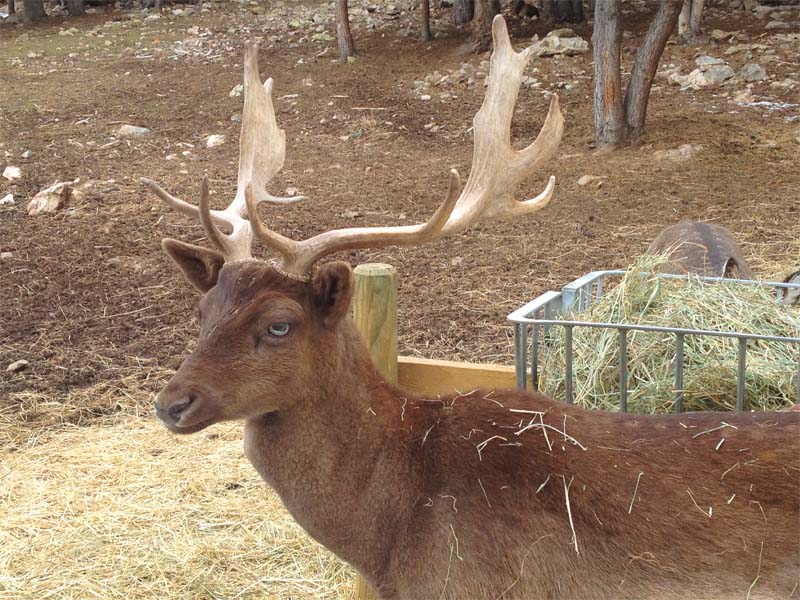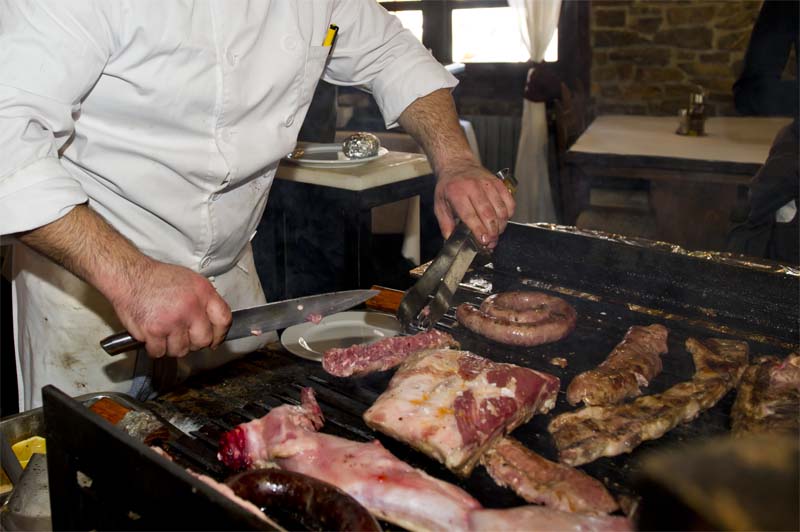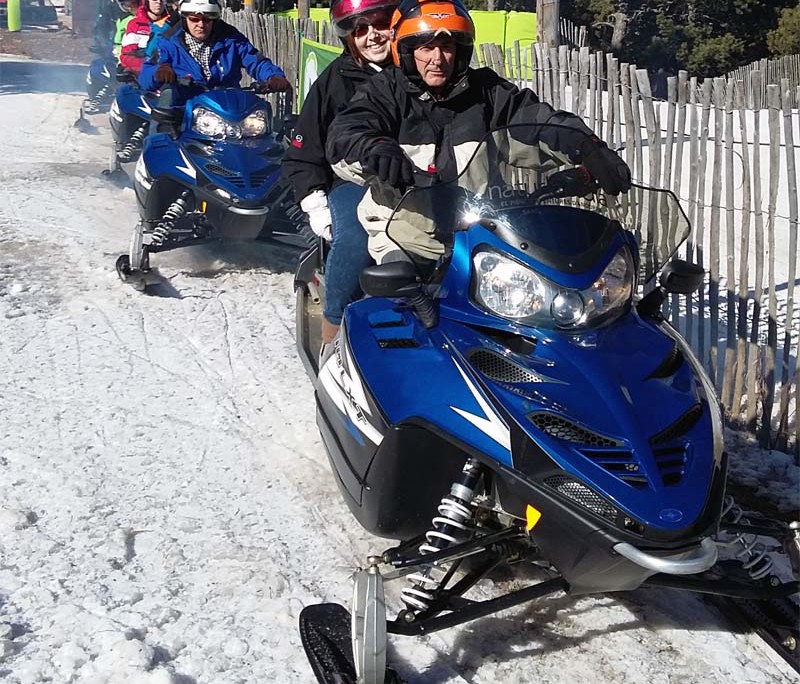Review of the book “Tourism Marketing” by Philip Kotler
I am often asked what Tourism Marketing book I would recommend to someone who wants to be a Tourism professional. I always lean towards the same one: “Tourism Marketing” written by Philip Kotler, John Bowen and Judith T. Fam. Written in 2003. The book is already 21 years old but it captures the essence of the basics of Tourism Marketing, although it does not fully go into it. in Tourism Digital Marketing (my Tourism Digital Marketing book is not finished yet..., let's see if I can finish it before summer). I write this review in case it can be useful to you.
Philip Kotler is recognized as the precursor of Relationship Marketing, a strategy that prioritizes the creation of long-term ties with customers, instead of concentrating solely on one-time sales as was done in the 70s, 80s and 90s. Kotler argues that companies must focus on generating continuous value for their customers, beyond the simple purchase-sale transaction.
What is Kotler's book about?
The book offers a complete overview of tourism marketing, from the basics to the latest trends. It is aimed at students, professionals in the tourism sector and anyone interested in understanding how marketing works in the tourism industry.
What can be found in the book?
- An introduction to tourism marketing and its importance in today's world.
- An analysis of the tourism marketing environment, including the economic, political, social, technological, environmental and legal factors that affect the industry.
- Tourism consumer behavior, including the motivations, needs and preferences of travelers.
- The segmentation of the tourism market and the definition of target markets. This part is super important, not in vain Kotler is the father of current marketing and the concept of segmentation and microsegmentation.
- The development of tourism products and services that satisfy customer needs.
- Setting prices for tourist products and services. Super interesting chapter too.
- The promotion of tourist destinations and tourist products.
- The distribution of tourist products and services.
- Managing customer relationships in the tourism sector.
- Marketing in sustainable tourist destinations.
- The future of tourism marketing.
Concepts such as market segmentation to better understand consumers, personalize products or services according to customer needs, foster customer loyalty, and maintain two-way communication that allows for a constant exchange of information may seem obvious now, but This perspective was innovative at the time and has redefined the way we understand marketing today, changing the focus from a short-term vision based on transactions to a strategy that values and puts the relationship with the customer at the center.
What are the key points of the book?
- Tourism marketing is essential for the success of any destination or tourism company.
- It is important to understand the behavior of the tourism consumer in order to develop products and services that meet their needs. Customer orientation, a basic in today's marketing.
- Market segmentation is a key tool for identifying target markets and developing effective marketing strategies. In fact, you cannot do marketing in the 21st century without using data to segment correctly… it would be a sin!
- Promotion is essential to create awareness about a destination or tourism product and generate interest among potential consumers. We are in an environment saturated with services... it is necessary to stand out from the crowd.
- Distribution is important to make tourism products and services available to consumers.
- Customer relationship management is essential to create loyalty and loyalty among customers.
- Sustainable tourism marketing is increasingly important for consumers and companies.
- The future of tourism marketing will be marked by technology, globalization and sustainability.
In fact, now that I write down the key factors, I realize that they are Kotler's 10 principles applied to tourism marketing, literally. A few years ago Kotler came to Barcelona and I had the pleasure of seeing him live giving a masterclass with his 10 principles. You can read the summary I did at the time at this link: Philip Kotler's 10 principles of New Marketing Everything is still 100% applicable today.
Where can I find the book?
The book “Tourism Marketing” by Philip Kotler, John Bowen and Judith T. Fam is available in major physical and online bookstores. You can also find it on platforms like Amazon Y Google Books.
I hope this review is useful to you.
If you want to know more about Tourism Digital Marketing, here is this article I wrote a few months ago: Digital Tourism Marketing
We're going talking.





 Creating a Situation Analysis
Creating a Situation Analysis




